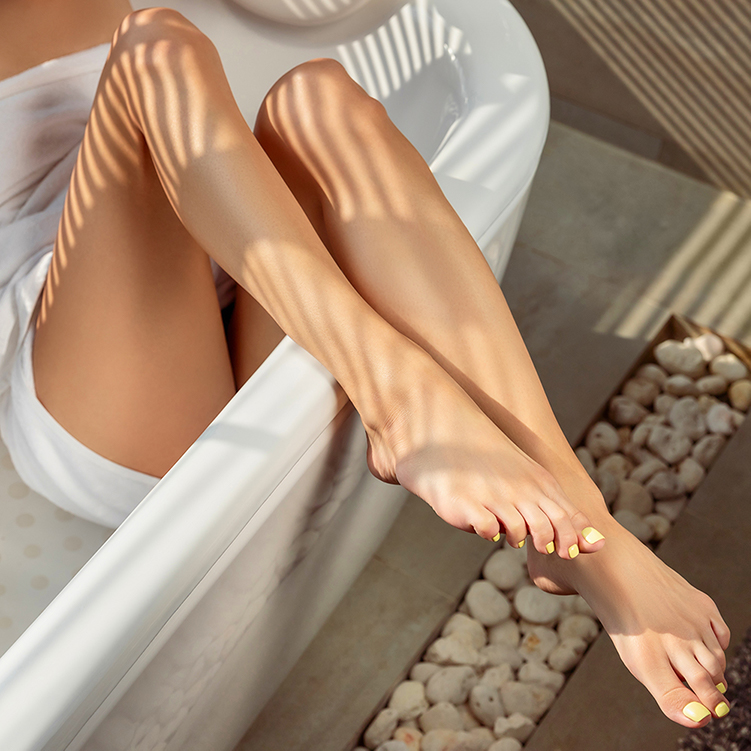While the origin of threading is lost in the mist of the ancient times, some say that it originates in the Middle East and South Asia, namely from India and Iran, although based on historical data we know that it was also popular in China, where thin brows were a mark of sophistication. Much later on Eyebrow threading, this centuries-old technique, became popular in the United States beginning in the late 1980s, when immigrants from far-eastern countries began setting up threading studios in large American cities.
In threading, a thin cotton or polyester thread is doubled, knotted on the free ends, then twisted. It is then rolled over areas of unwanted hair, and by trapping the hair in the twist’s gap, the hair is lifted out whole, at the follicle level. Unlike tweezing, where single hairs are pulled out one at a time, threading can remove short rows of hair in seconds, before even the pain-receptors in the brain can realize what just happened and react. Unlike tweezing, threading does not lead to ingrown hairs, making it a safer option for all skin types. Threading is generally used only for the face-neck area.
Threading allows for a more defined and precise shape and can create better definition for eyebrows. It is also used as a method of removing unwanted hair on the entire face and upper lip area.
There are different techniques for threading: the hand method (also known as ‘butterfly method’), mouth method, and neck method.




